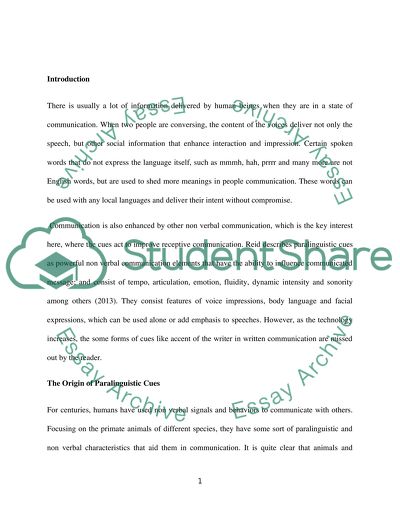Cite this document
(“Human vocalisation Essay Example | Topics and Well Written Essays - 2750 words”, n.d.)
Human vocalisation Essay Example | Topics and Well Written Essays - 2750 words. Retrieved from https://studentshare.org/psychology/1498598-human-vocalisation
Human vocalisation Essay Example | Topics and Well Written Essays - 2750 words. Retrieved from https://studentshare.org/psychology/1498598-human-vocalisation
(Human Vocalisation Essay Example | Topics and Well Written Essays - 2750 Words)
Human Vocalisation Essay Example | Topics and Well Written Essays - 2750 Words. https://studentshare.org/psychology/1498598-human-vocalisation.
Human Vocalisation Essay Example | Topics and Well Written Essays - 2750 Words. https://studentshare.org/psychology/1498598-human-vocalisation.
“Human Vocalisation Essay Example | Topics and Well Written Essays - 2750 Words”, n.d. https://studentshare.org/psychology/1498598-human-vocalisation.


